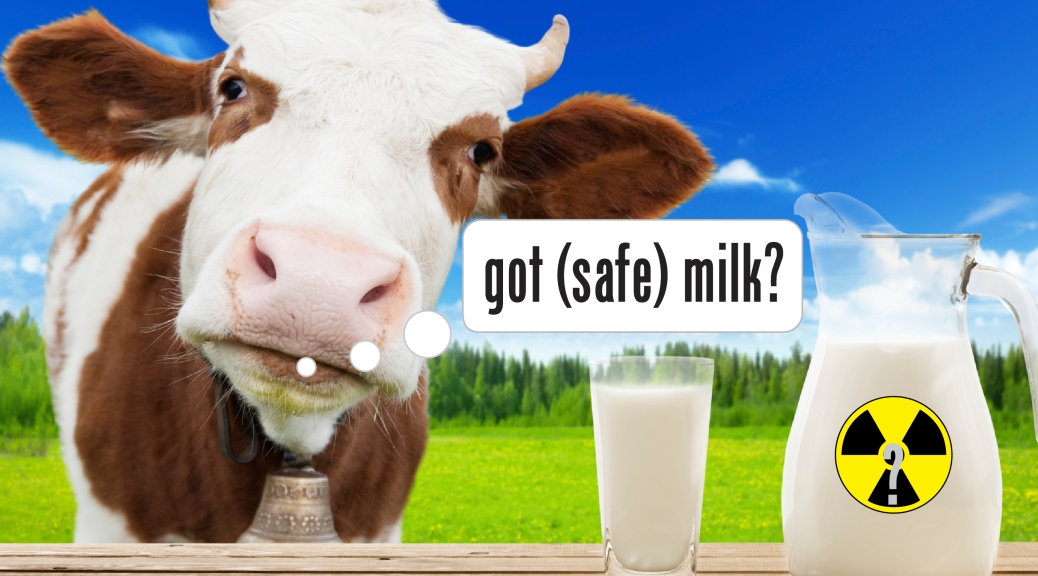April 26th marked the 30th anniversary of the 1986 Chernobyl nuclear disaster. The ~2600 sq km (~1000 sq mi) exclusion zone remains in place around the power plant and wildlife are reclaiming the habitat. Just outside the exclusion zone, the Associated Press reports that dairy farms are operating and selling milk and dairy products around Belarus and Russia. The author obtained a milk sample from one of these farms, had it tested, and found it to be contaminated with levels of strontium-90 (90Sr) that are 10 times higher than the nation’s food safety limits. At first I was alarmed that this could make it to market, however, since working for the InFORM project I’ve learned that not all limits are equal. Let’s take a gander at how this milk would fare under standards from around the world.
Continue reading Radiation and food safety: A story of standards




